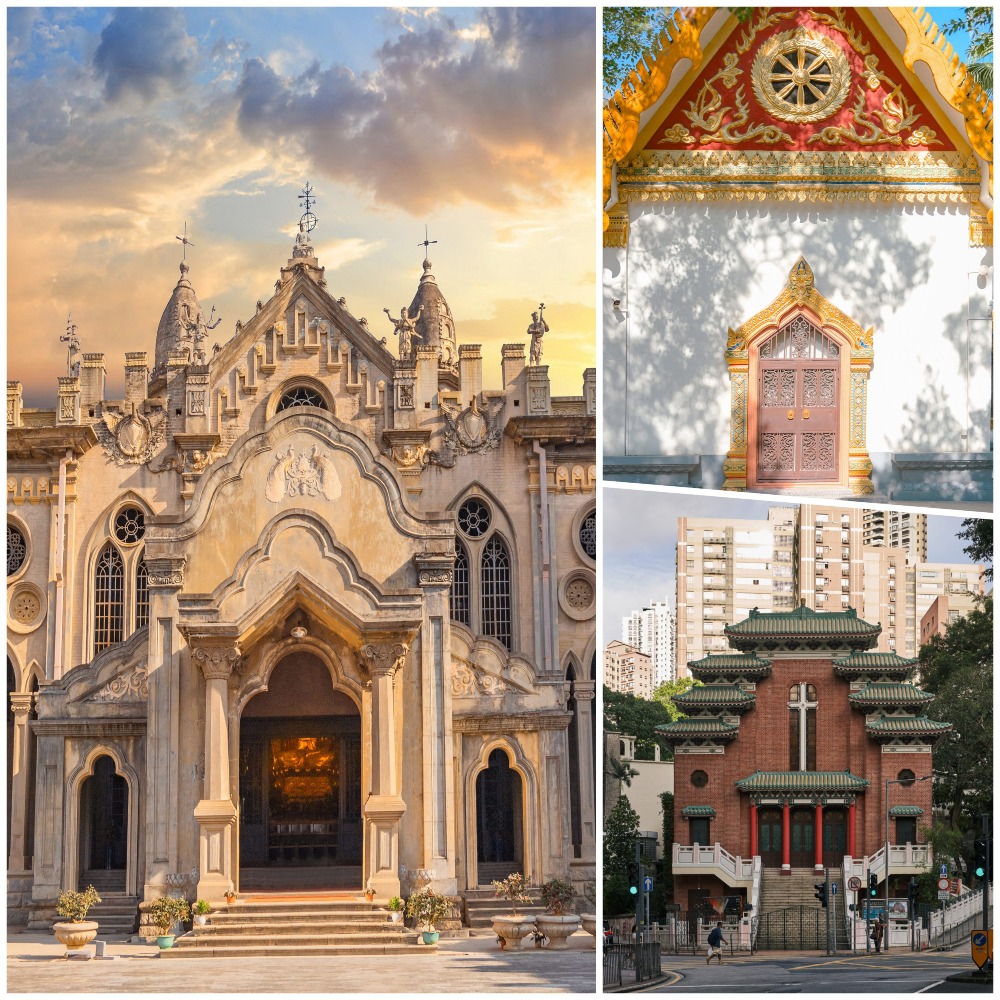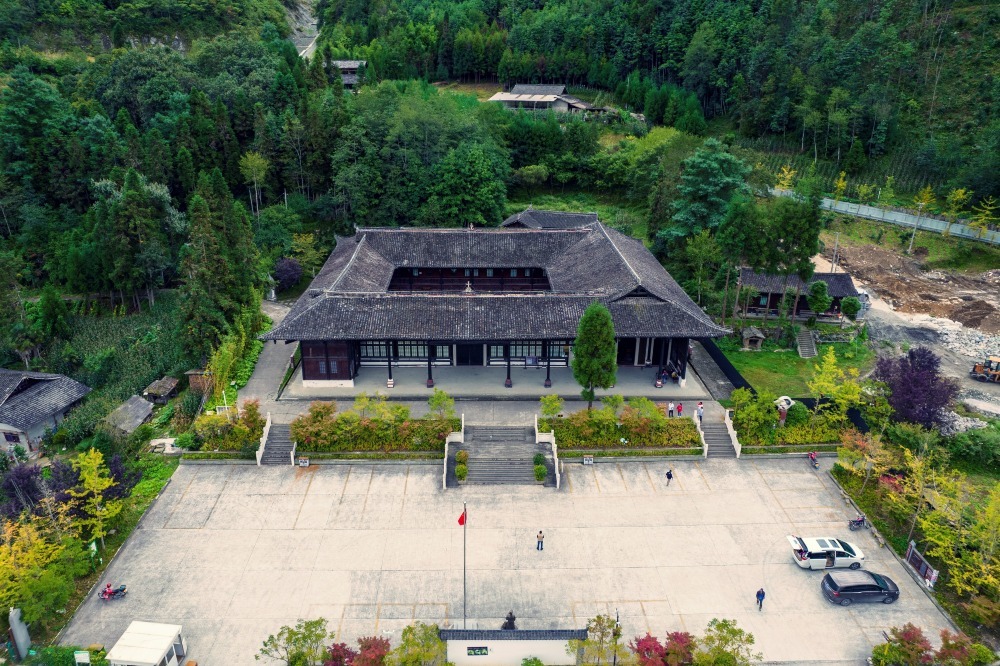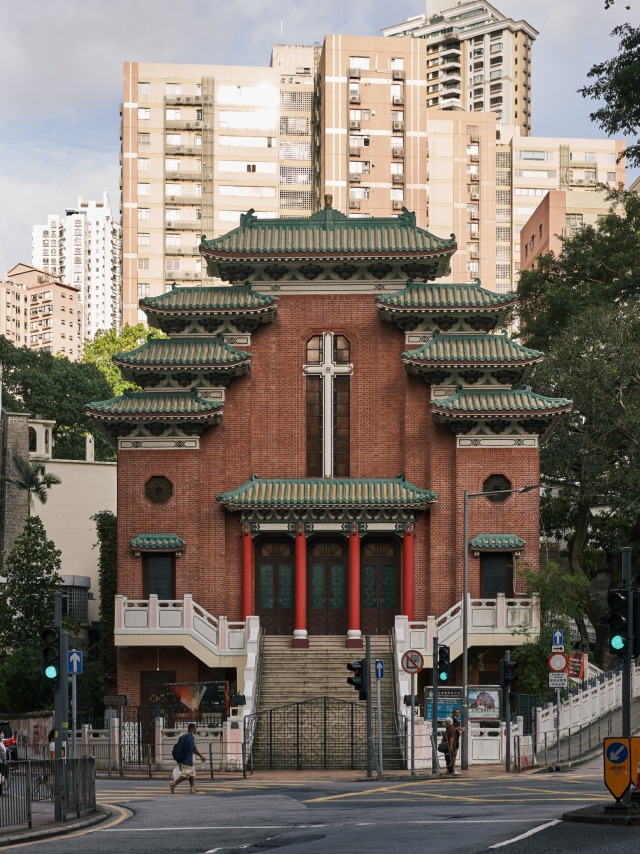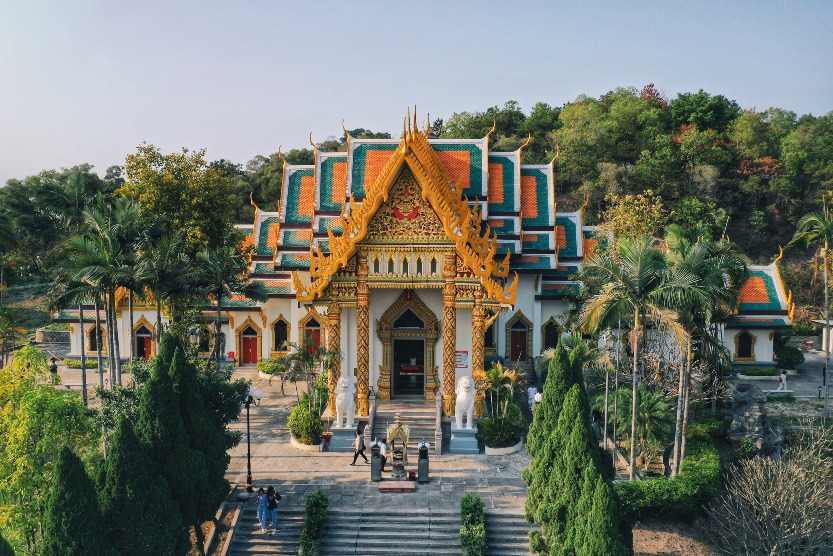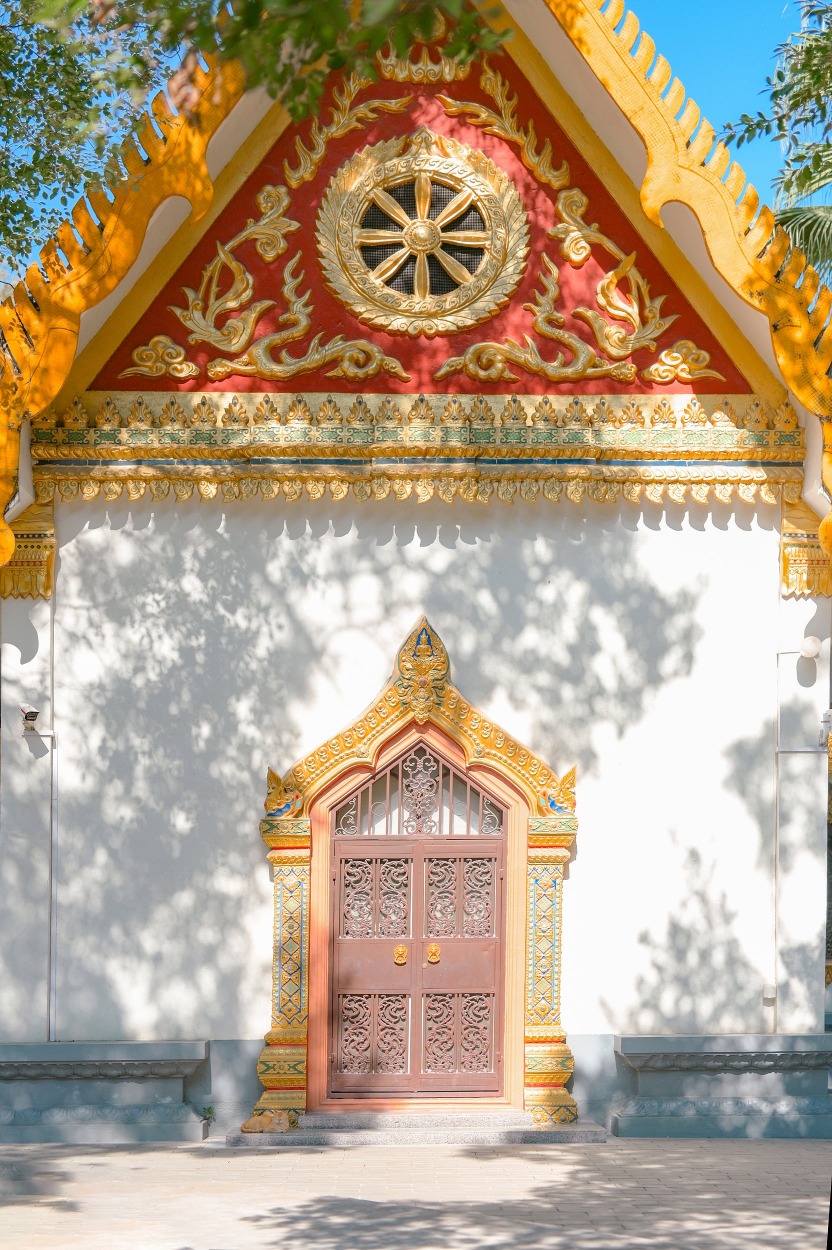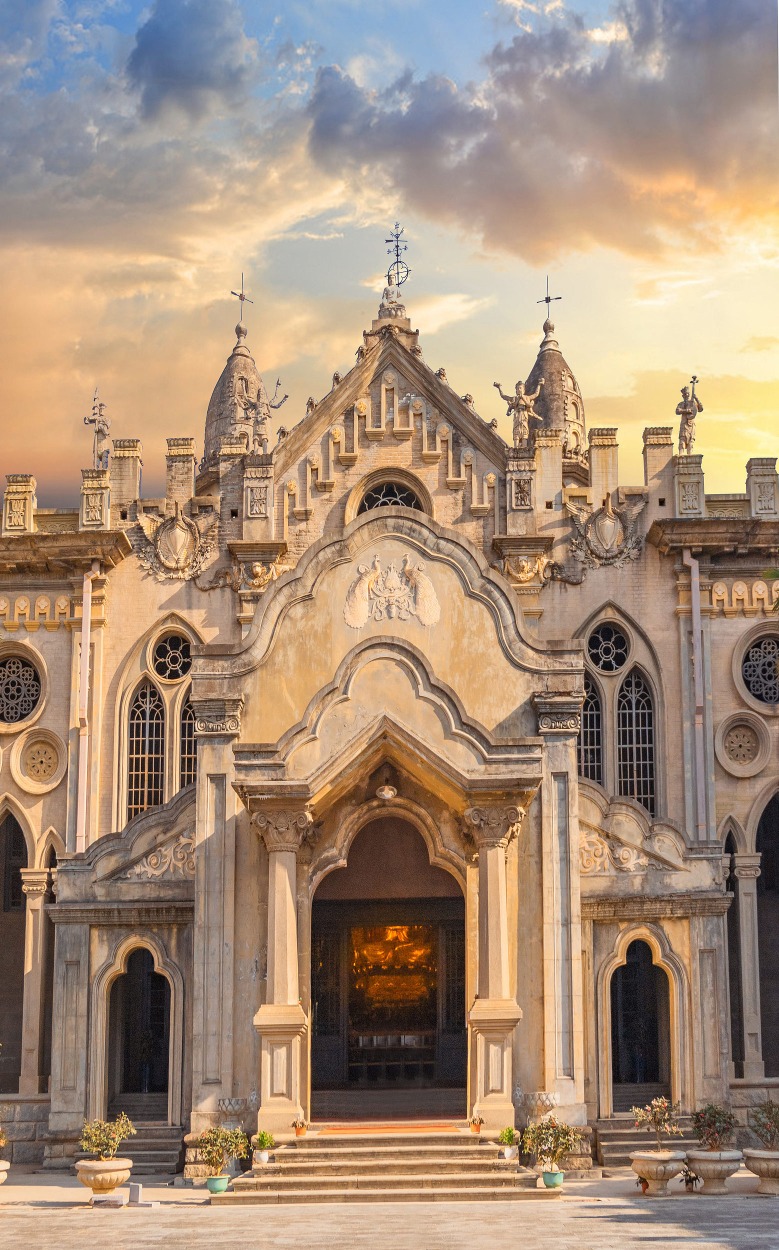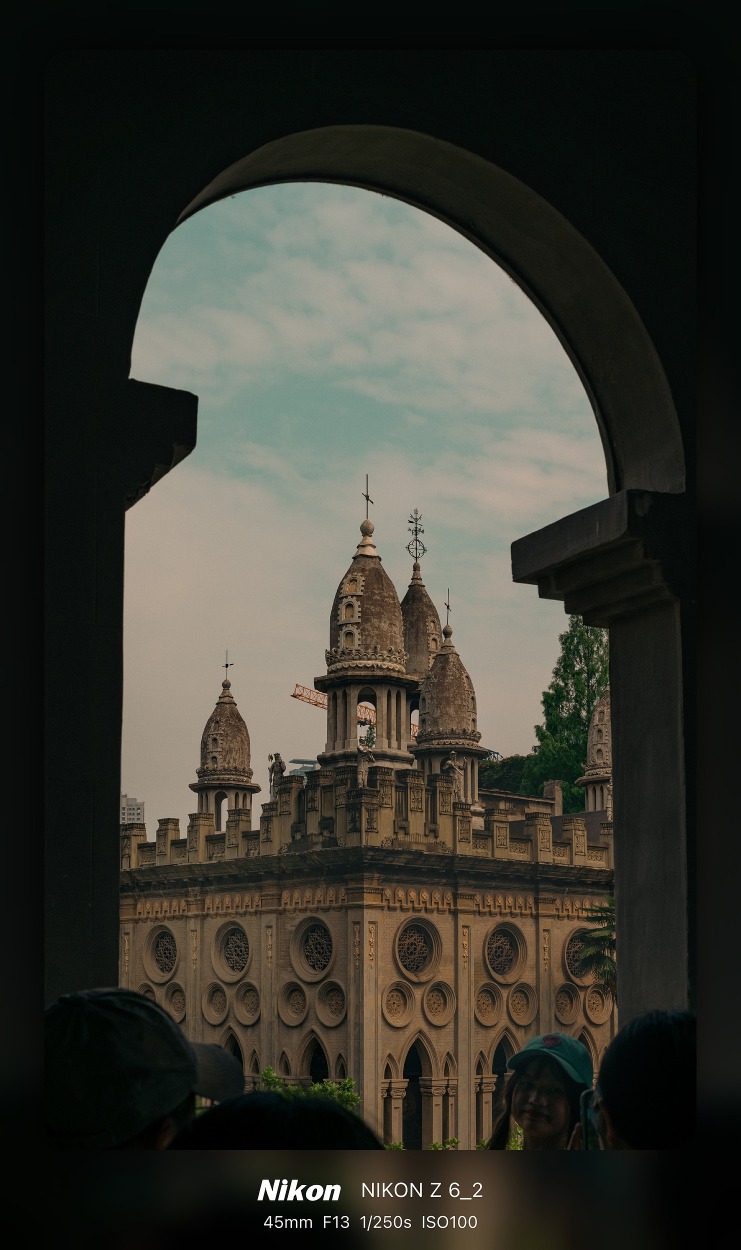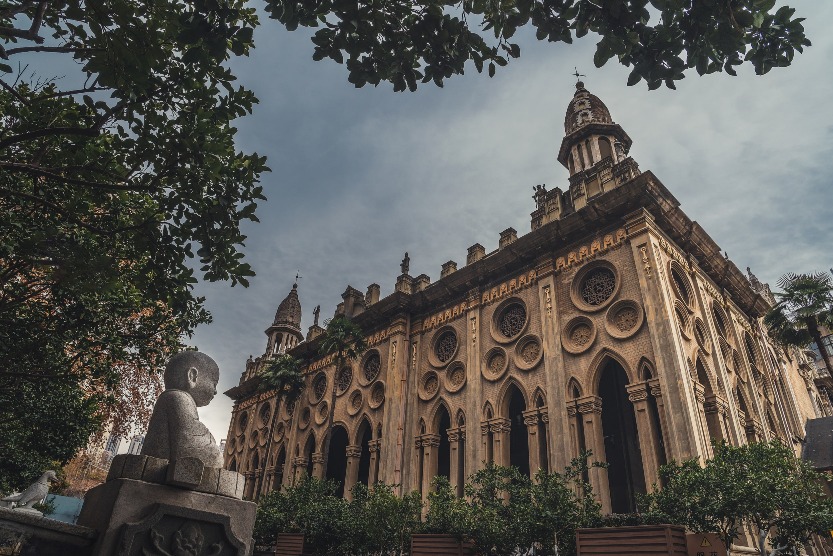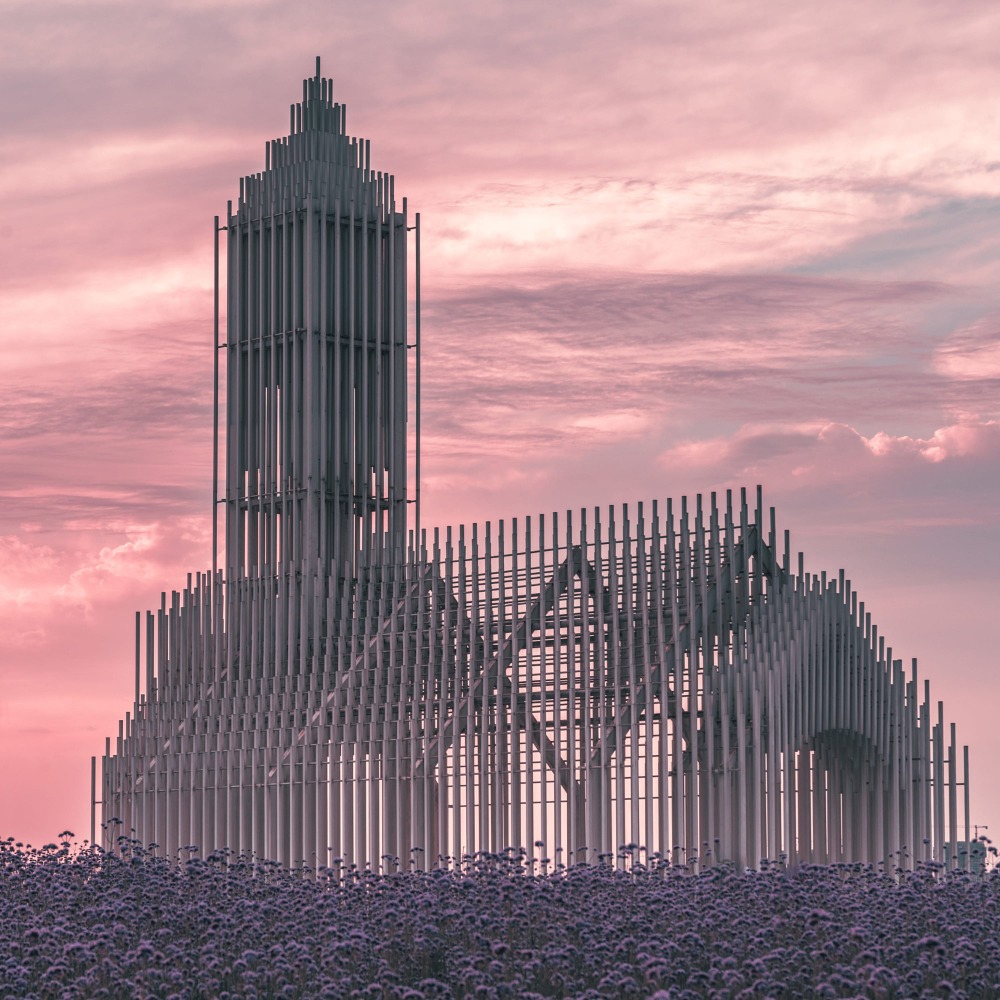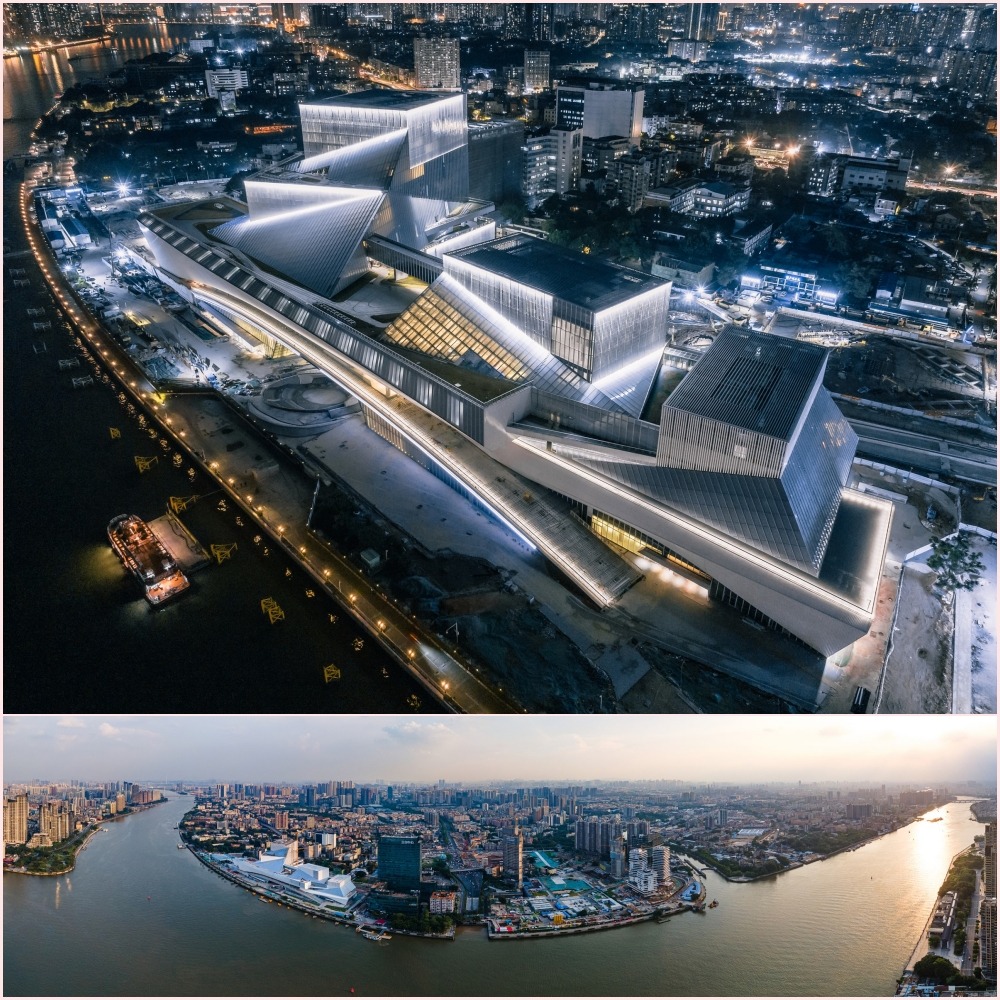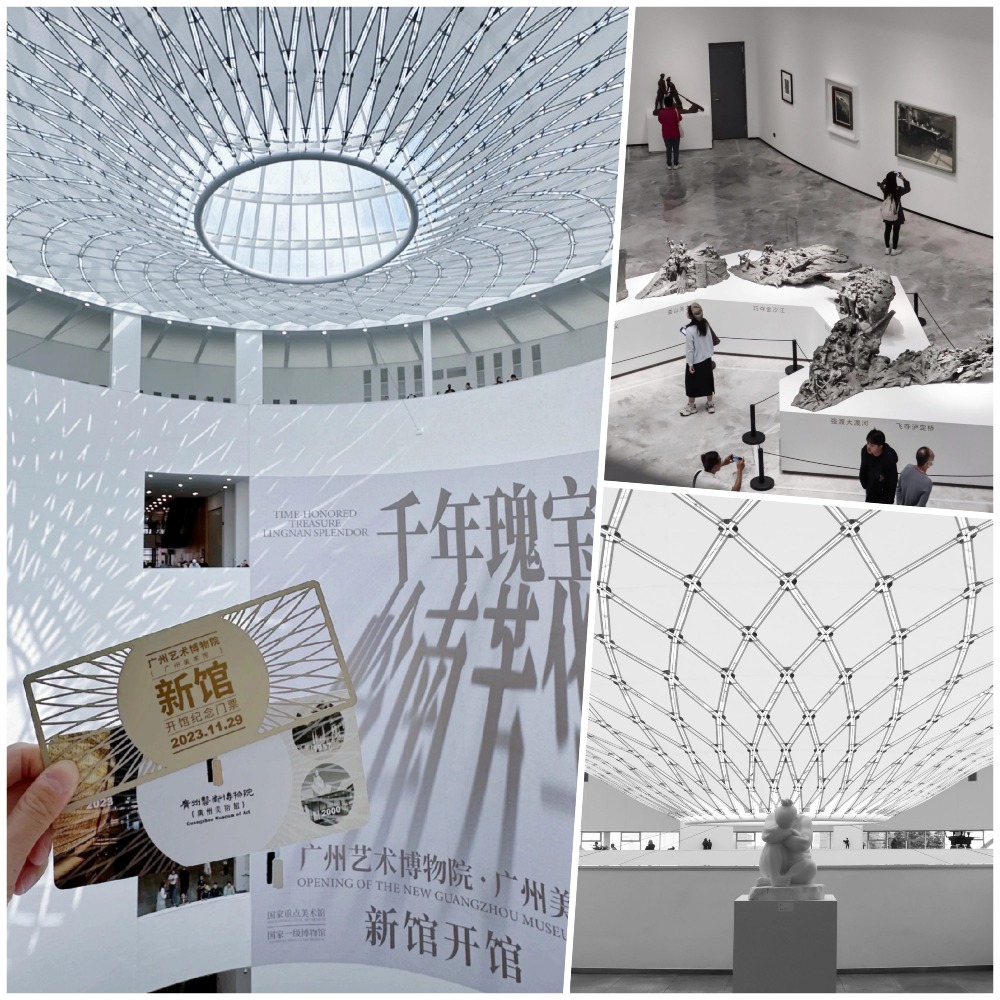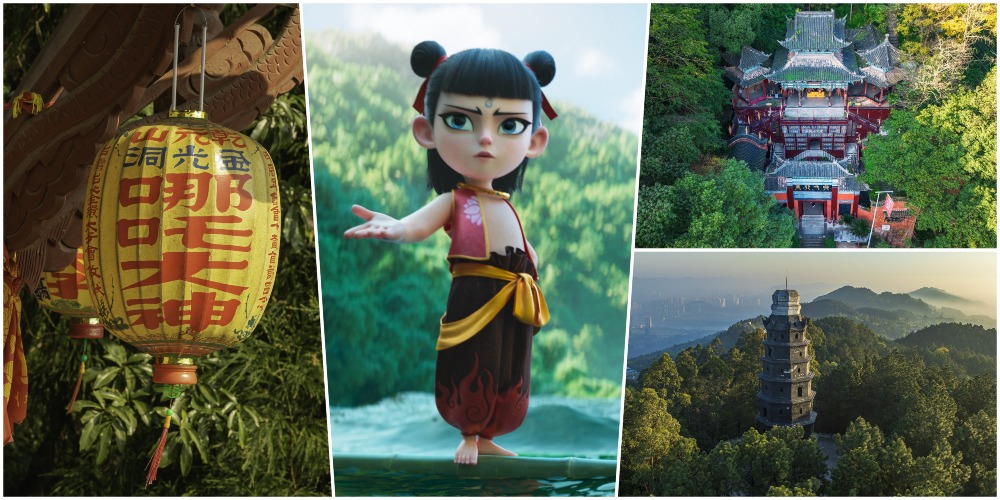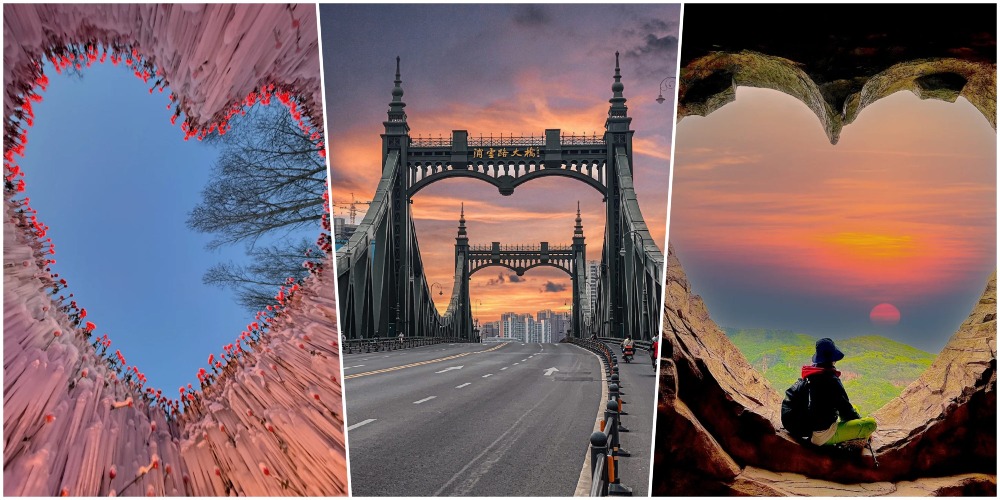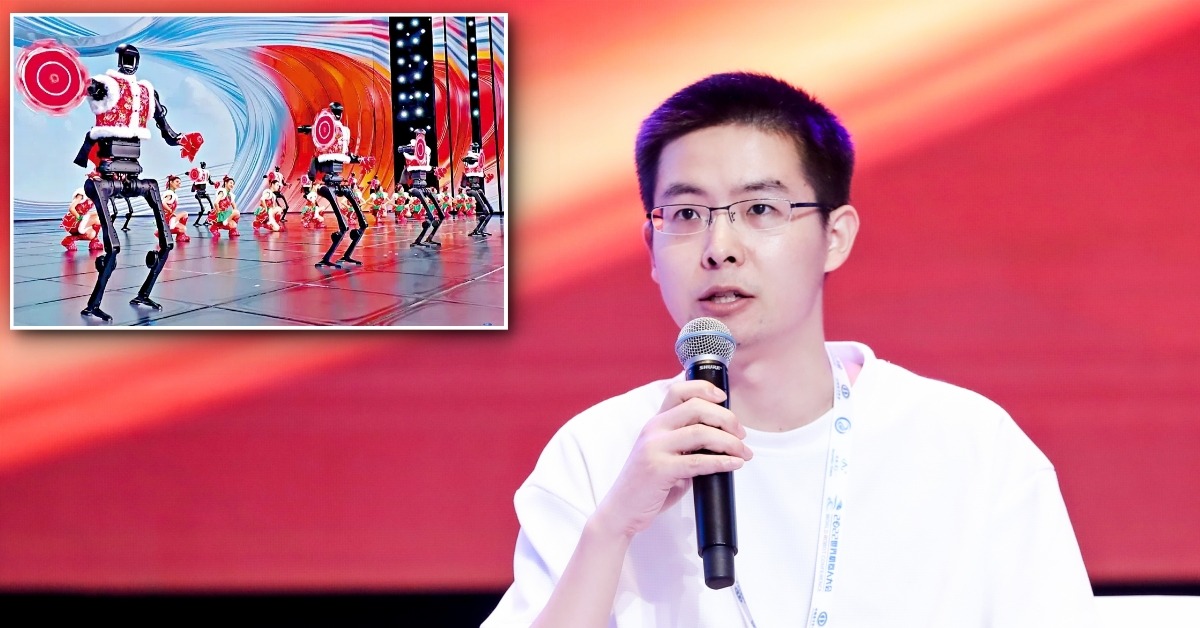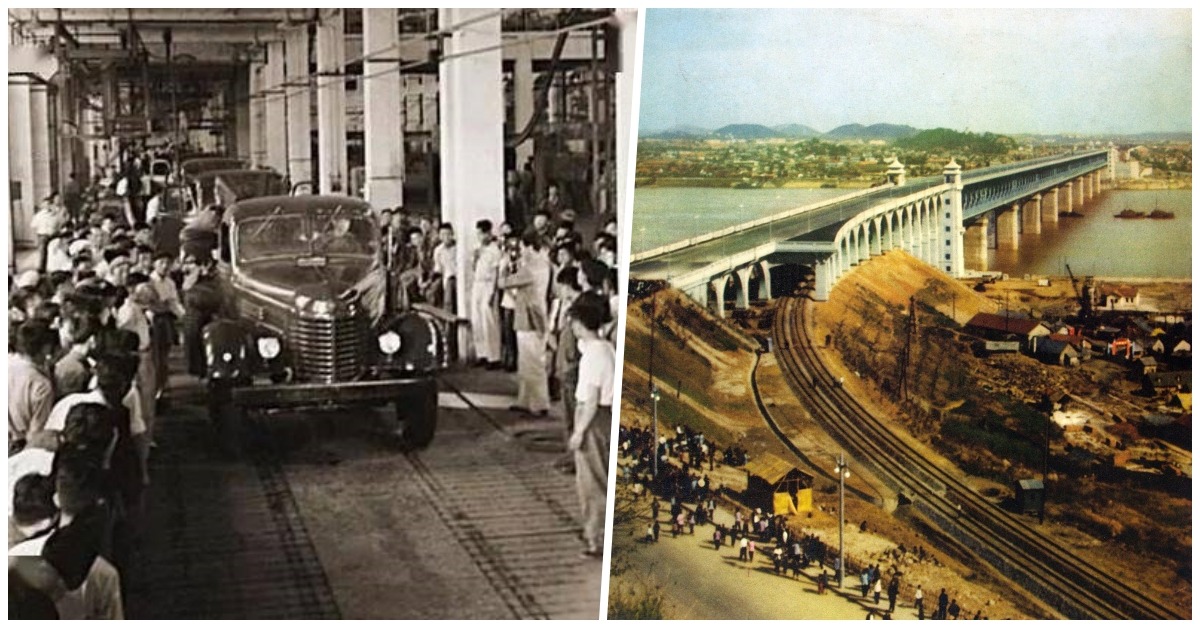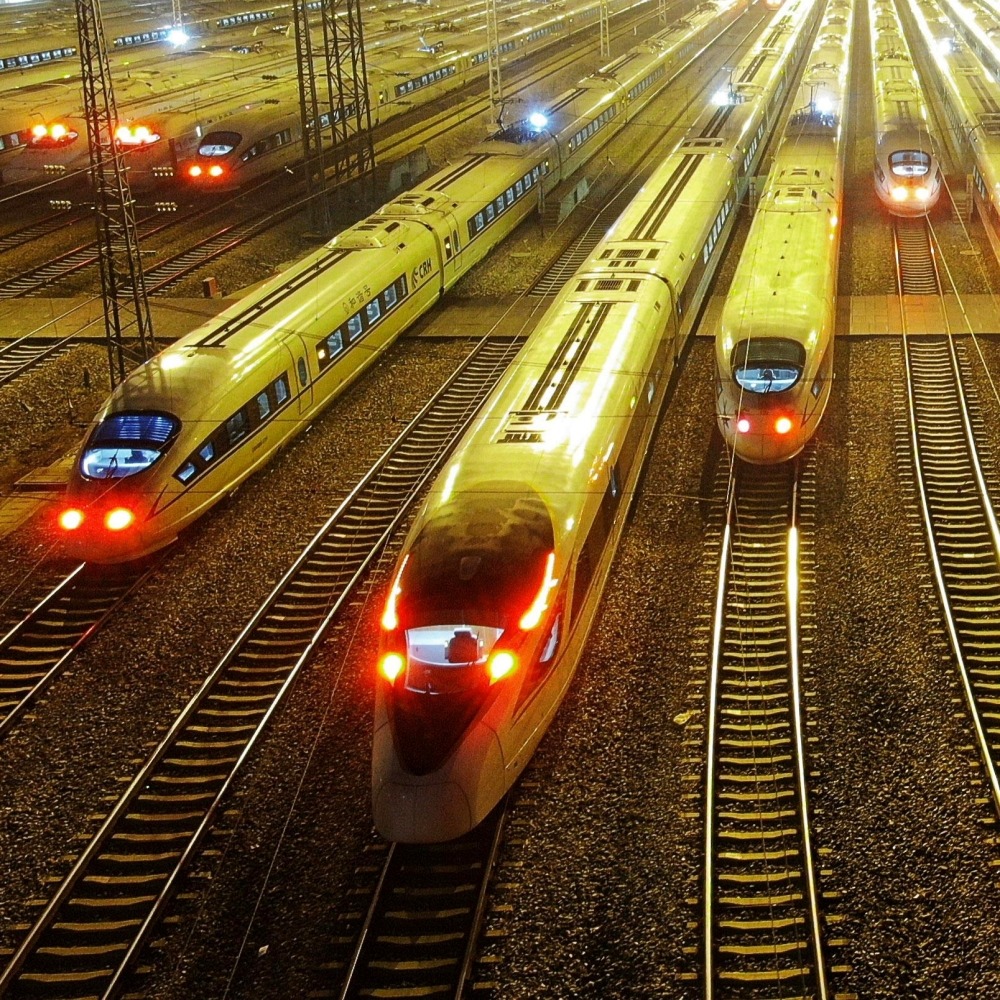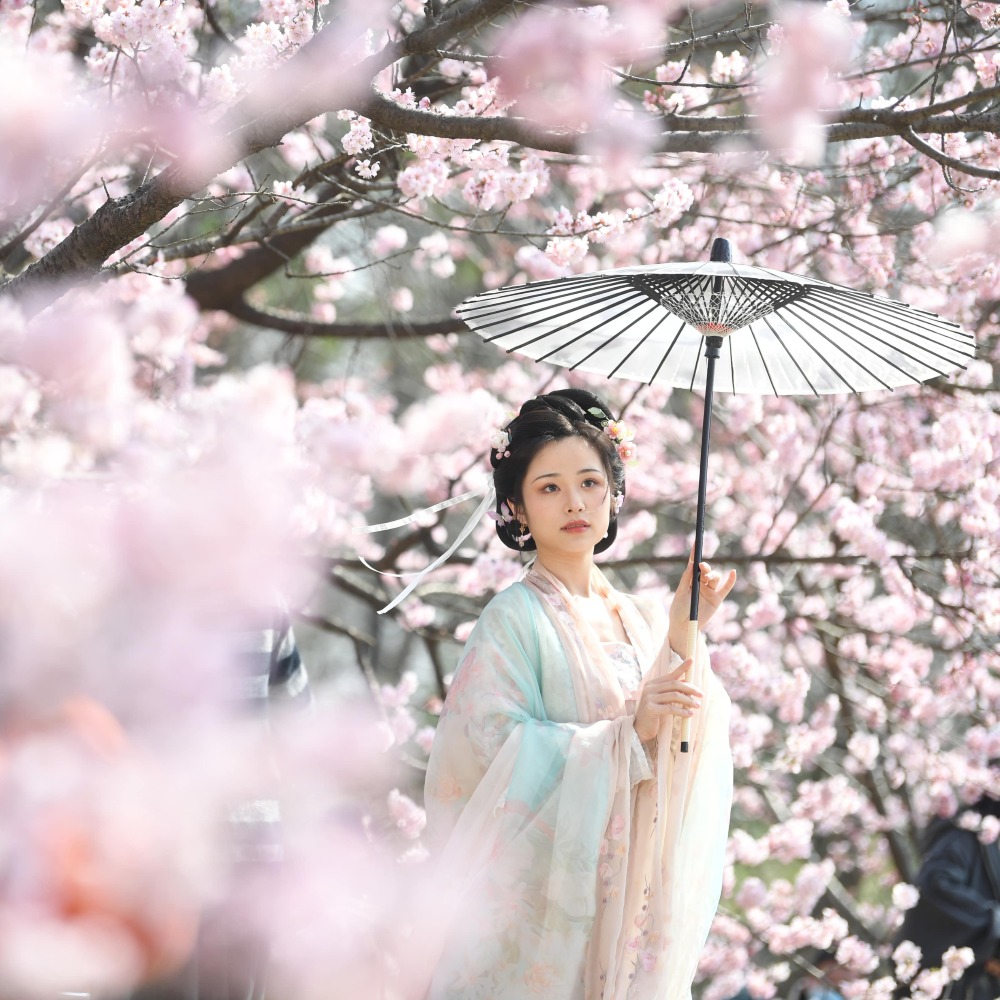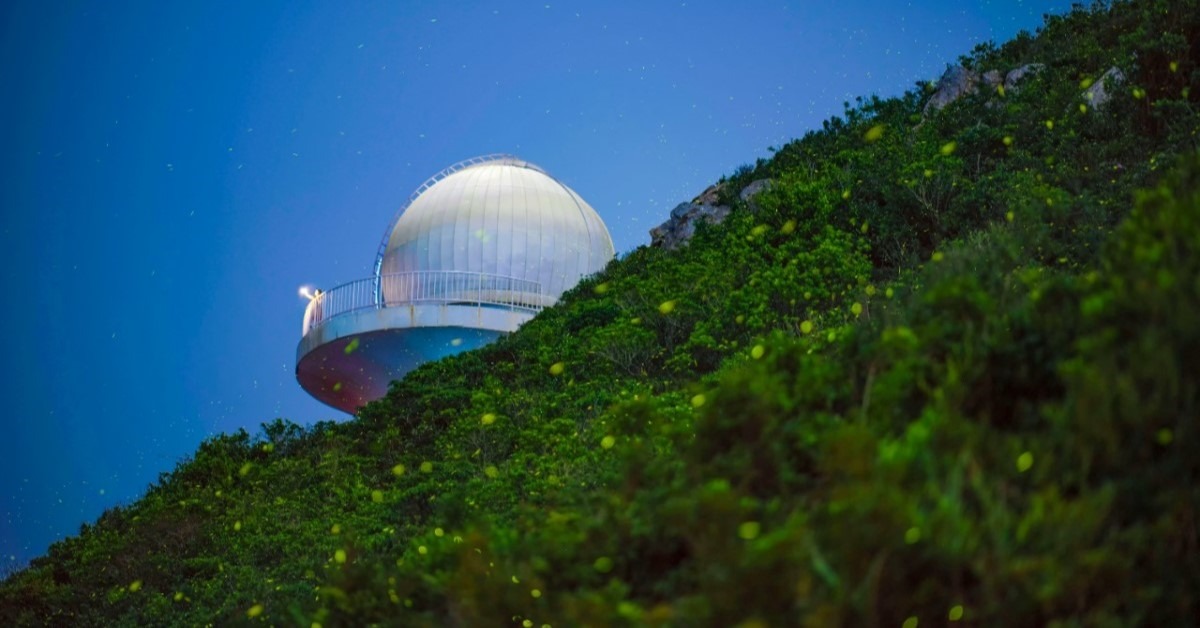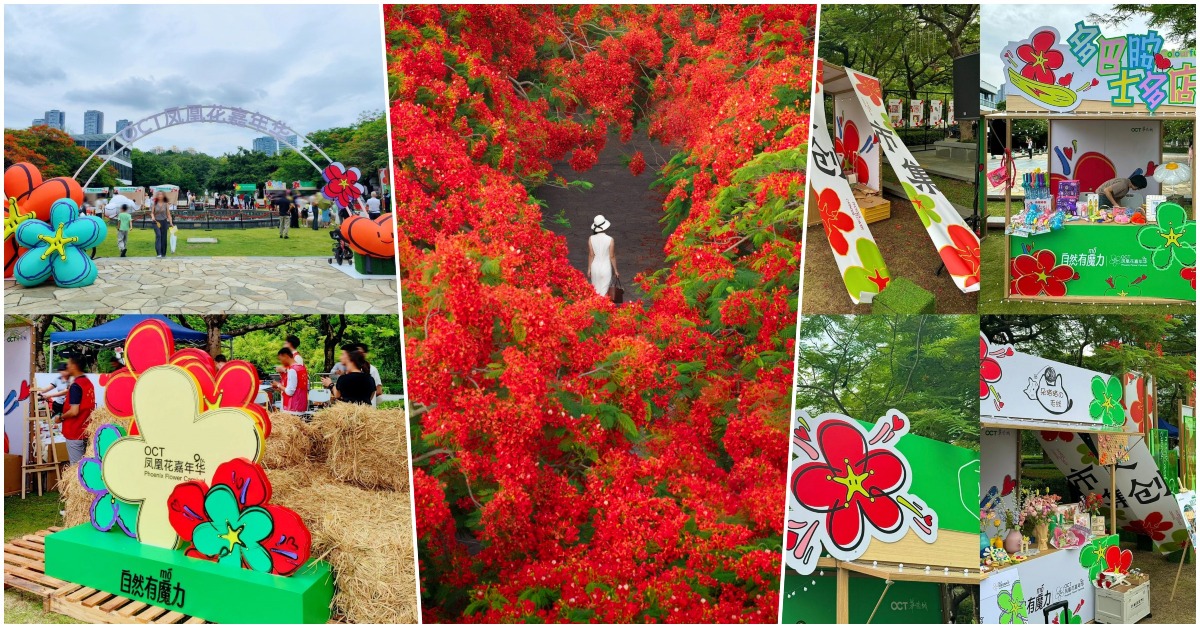Published : 2025-02-21
Since ancient times, many cities in China have opened up for foreign trade, bringing together cultural elements from various countries and regions.
Amid the coexistence of Chinese and Western influences, a variety of religious buildings full of exotic charm have emerged, where the East meets the West.
Today, let's explore these distinctive religious buildings together.
Sichuan Dengchigou Catholic Church: A "siheyuan" church in mountains
Nestled among the mountains in Dengchigou, Sichuan Province, there lies a uniquely styled building.
Although it resembles a Siheyuan (四合院, a type of Chinese residence), it is actually a Qing Dynasty church named Dengchigou Catholic Church (鄧池溝天主堂).
Dengchigou Catholic Church in Sichuan was built in 1839 and has a history of over 180 years. It is the oldest and best-preserved wooden structure church in Sichuan.
Although the exterior of the Dengchigou Church looks like a Siheyuan, inside, it is a typical European Gothic style building with exquisite arched vaults and carved windows, a unique blend of Chinese and Western architecture.
Dengchigou Catholic Church
Address: Dengchigou, Yanjing Township, Baoxing County, Sichuan Province
Opening hours: 06:00-19:30
Read more: Could this "Siheyuan" church be the place where the first giant panda was discovered?
St. Mary's Church in HK: A quaint Chinese-style palace church
There is also a Western church with a Chinese exterior on Hong Kong Island.
Located at the junction of Eastern Hospital Road and Causeway Bay Road in Causeway Bay, St. Mary's Church (聖馬利亞堂) was built in 1937 and is currently listed as a Grade I historic building in Hong Kong.
Unlike typical churches we usually see, St. Mary's Church blends Chinese and Renaissance styles. The front facade features elements like stone steps, dougong (斗拱, a traditional Chinese bracket system), and red bricks with green tiles.
Internally, it follows traditional Western church designs, with a blend of Chinese and Western elements, making it a unique sight in the bustling city of Hong Kong.
St. Mary's Church of the Hong Kong Sheng Kung Hui
Address: 2A Tai Hang Road, Causeway Bay, Hong Kong
Kaiyuan Temple Thai Buddha Hall: A museum of Thai art
It's surprising that you don't need to travel all the way to Thailand to see magnificent Thai architecture. The Kaiyuan Temple Thai Buddha Hall (開元寺泰佛殿) in Chaozhou, Guangdong Province is the place to go.
Located at the southern foot of Bijia Mountain in Chaozhou, this place is surrounded by mountains on all sides and is shaded by lush trees, offering beautiful scenery.
However, the most captivating aspect is undoubtedly the distinctive design of the Thai Buddha Hall.
The Thai Buddha Hall is the first Thai-style Buddhist hall in Chinese Han Buddhism, modelled after the Marble Temple in Thailand. When viewed from above, it is shaped like the Chinese character "品";
The roof features a multi-eaves design, paired with fish scale tiles and upturned eaves at the column heads.
The gables and windows are adorned with exquisite Thai classical motifs, fully embodying the splendour and elegance of Thai architecture.
Kaiyuan Temple Thai Buddha Hall
Address: South foothill of Bijiashan, east side of Hanjiang Bridge, Xiangqiao District, Chaozhou
Opening Hours: 08:00-17:30
Read more: High-speed Rail Tour|5 must-visit spots in Chaozhou to enjoy the ancient city
Wuhan Gude Temple: The first wonder of Han Buddhist Temples
For the last stop, we head to Wuhan, Hubei Province, to visit Gude Temple (古德寺), known as the "First Wonder of Han Buddhist Temples."
It blends features of European and Asian religious architecture and incorporates elements of the three main Buddhist traditions: Mahayana, Theravada, and Tibetan Buddhism.
Gude Temple is a Qing dynasty Buddhist temple, first built in 1877.
Unlike traditional temples with yellow tiles, red columns, and upturned eaves, Gude Temple is composed of the main hall, Four-faced Buddha, and Hall of Heavenly Kings, each building having a distinctive style.
Pagodas in the style of Burmese temples, colonnades in ancient Roman architectural style, and Gothic-style arched porches can all be seen around here.
At first glance, Gude Temple looks like a European castle standing in the bustling city, mysterious and solemn.
This temple, which combines the styles of Gothic Christian church, Romanesque Catholic church, Byzantine Orthodox church, and Islamic Mosque, stands out in Chinese temple architecture culture.
Gude Temple in Wuhan
Address: No.74, Huangpu Avenue Shanghuapo Road, Jiang'an District, Wuhan, Hubei
Opening Hours: All year round (Winter) 07:00-16:00; All year round (Summer) 06:00-17:00

